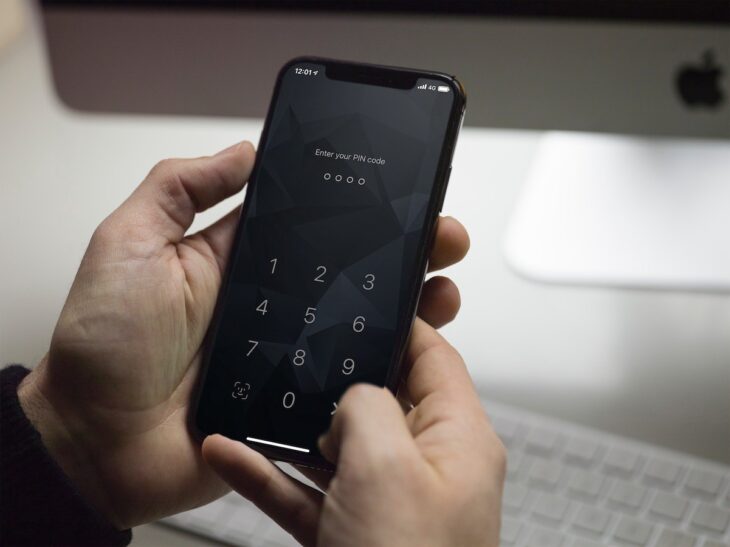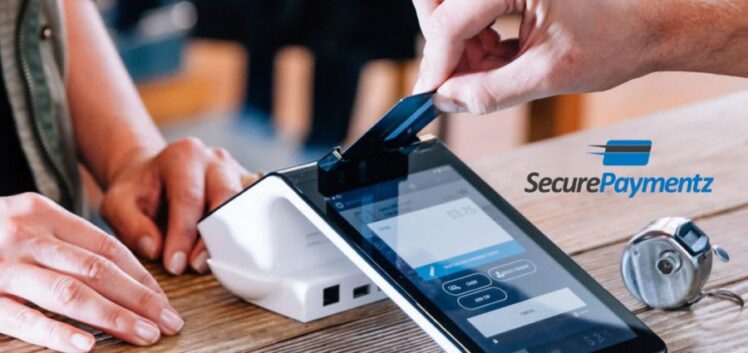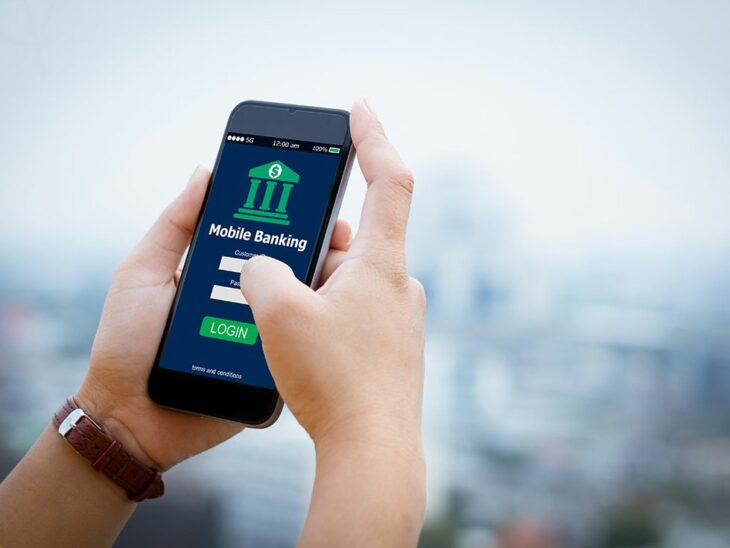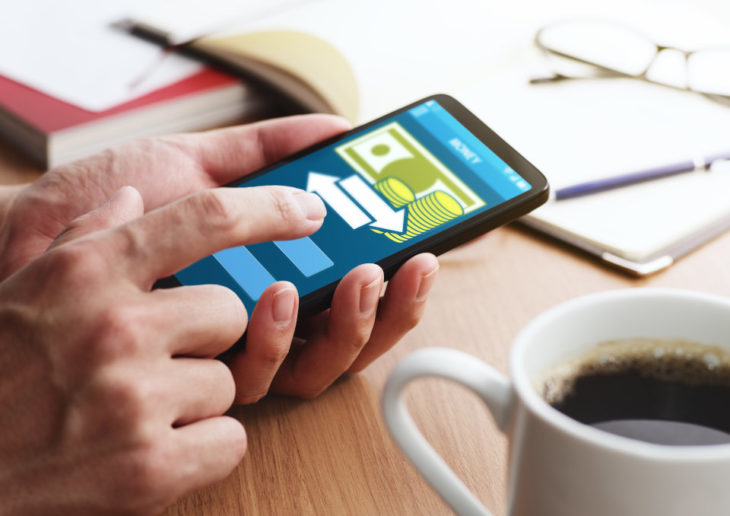Banks exist for a very long time, but the internet really changed the way they operate with customers. Long gone are the times when you had to be physically present at a bank to make a payment or receive money from someone else.
Today, all you have to do is pull out your smartphone out of your pocket and you have everything available in just a few clicks. Either that or you can use your personal computer. It doesn’t really matter, our point is that digital banking is the go-to solution for anything bank-related in 2024.
However, some people still feel a bit “insecure” when it comes to using digital banking services, mostly the older generations. Why? Well, it’s just something that they’re not used to, and until they see their money in a cash form entering the ATM, they don’t “feel” like their payment was complete.
But, it is what it is, and the transition from regular to digital banking will keep on happening whether we like it or not, and it’s for our own good, especially now with the covid-19 pandemic when it’s really not recommended to wait in lines with other people close to you. Today’s article has the goal to ensure that banks are constantly working on making their digital services more secure than ever, so let’s not waste any more time and jump straight into the content.

Source: medium
Contents
1. Setting up Two-Factor Authentications
A Two-Factor Authentication is probably the best security measure that someone can have for anything account-related, especially for your bank accounts. If you are not familiar with this concept, it’s basically a method used to prevent unauthorized logins into your account by asking the person that attempts to log-in for a second verification code. This code can be received by SMS on the number that you’ve previously confirmed as yours on the account, or in the form of an e-mail or anything else. Some banks allow you to use third-party software for the 2FA (Two Factor Authentication) such as Authy or Google Authenticator.
2. Constantly updating their main software
As a bank, having outdated software is a major security issue, but, thankfully this is not the problem anymore. Banks constantly update their main software and phone apps, and they notify you about any recent changes even before the update is finally live. A lot of updates happen “behind the scenes” as well, where banks strengthen their security in multiple different ways, without us knowing about it.
Not everything is meant to be known by the average consumer because a lot of updates happen in the back and some of them might confuse those who are not really into security. But, for all the major updates, you as a customer will be notified in time. For your own banking software, you can check securepaymentz.com.

3. SMS Confirmations for any type of access
If somebody wants to log into your account, you’ll be notified via an SMS. Then, you can choose to either grant them access or deny it by using the special code they sent through the SMS. This ensures that nobody will ever log into your account without you knowing about it. Or, in some rare cases where you phone is stolen, you can immediately contact the bank to freeze all of your accounts. But, that’s not all. You have an option to speak with the customer support and ask them to logout everyone else out of your account and temporarily disable it if you even think that your security might be compromised even the slightest bit. Banking was never as safe as it is now.
4. Network detection and blocking unusual activity
If you are constantly logging into your account from one location, the banks store all that data and they figure out that this is your main location where you mostly log-in from. Then, if someone attempts to log into your account from a different continent, country or even a city, the system will immediately flag it as suspicious and unusual activity. Then, you will be notified via an E-Mail, an SMS as well as a notification from the smartphone application or software itself. From there on you’ll be able to restrict access if you want.

Source: barcelona-metropolitan
5. Not instantly confirming transactions
Even if someone manages to log-in into your highly secured banking account, the first transaction they’ll make won’t go through immediately. You will be notified through SMS and E-Mail about the transaction, and if it’s something that you as the owner didn’t make, you’ll be able to withdraw the money and freeze your account. This has happened in the past and now it’s just a regular procedure. Your money is safe even if someone wants to spend them on something for themselves or transfer them to their own transaction account.
6. Limiting the number of wrong login attempts
Last but not least, a method called “bruteforcing” is eliminated from all digital banking solutions a long time ago. What we mean by “bruteforcing” is someone trying to randomly guess your password or PIN, either by themselves manually or by using computer software for it. But, as you all probably know already, three or five wrong login attempts will block the user from accessing that page, so bruteforcing is not an issue anymore, although it was in the past.

Source: Praca
Conclusion
We understand why some people are concerned with the security of “digital banking services”, but our purpose with today’s article is to ensure that it’s mainly in the interest of banks to keep everything as secure as possible for their customers. On top of that, 2024 is the year of the internet and we have information available around every corner, so now it’s much easier to track the progress that these facilities are making.
Above you can find six improvements carried out in the past few years, so we hope that these gave you a better sense of security and encouraged you to make all of your tasks easier by eliminating waiting in lines and using digital banking instead of the “old-fashioned” methods.
